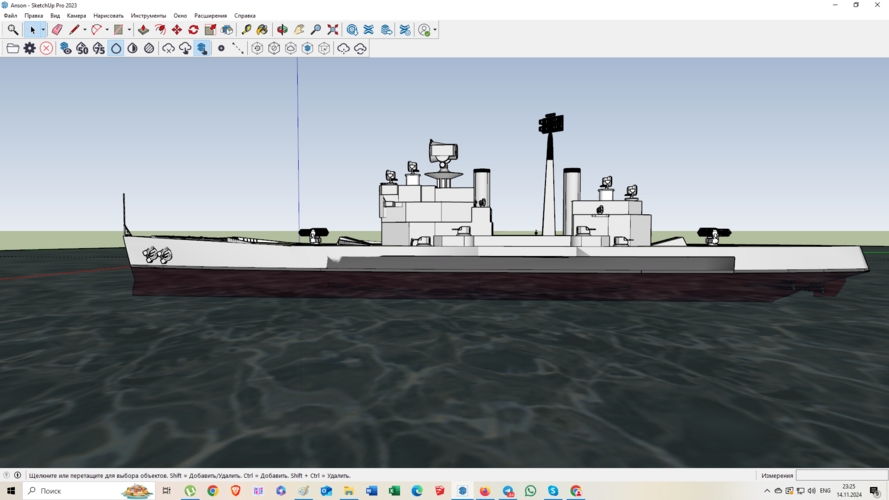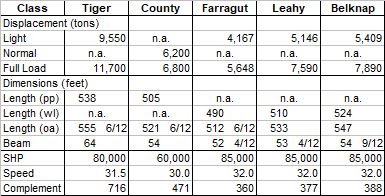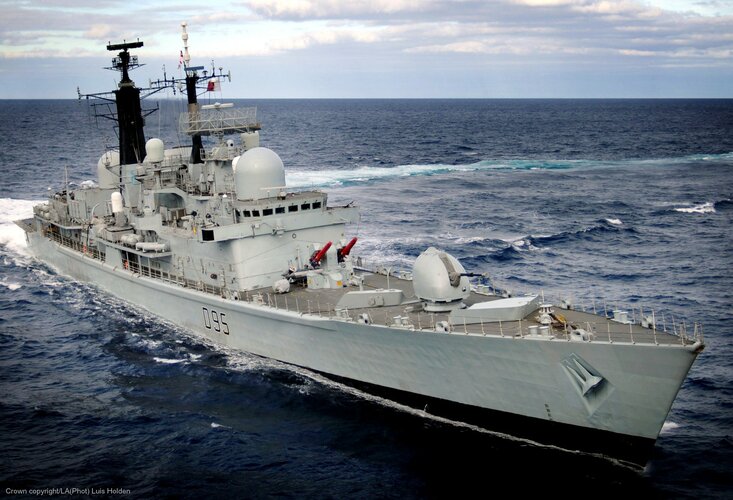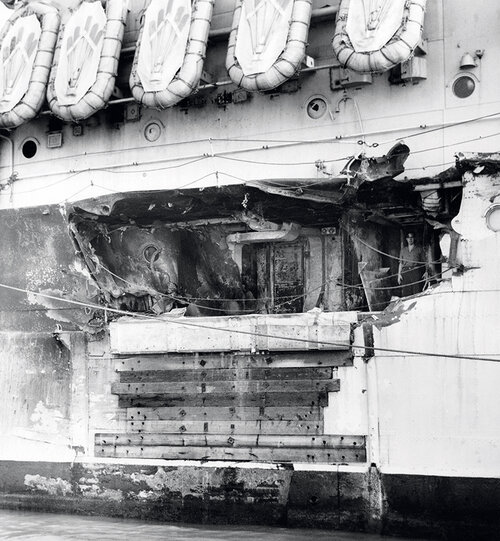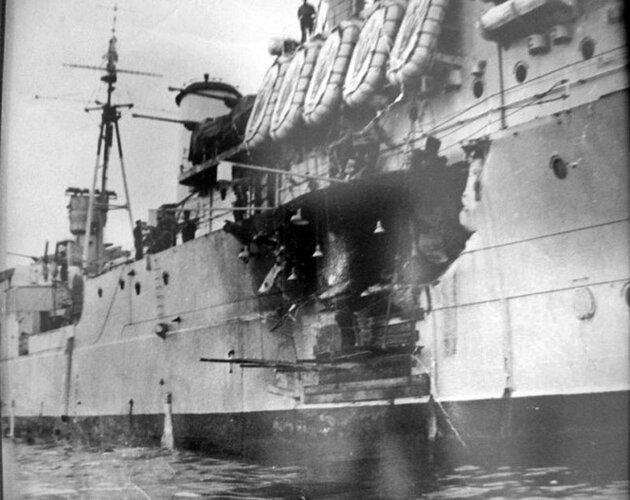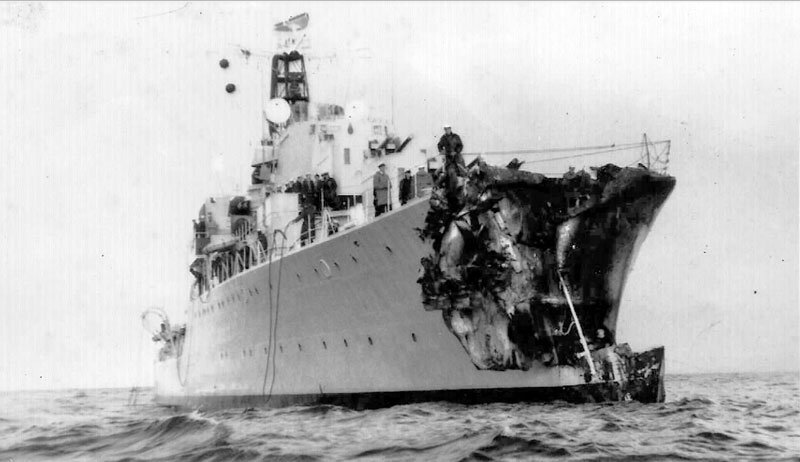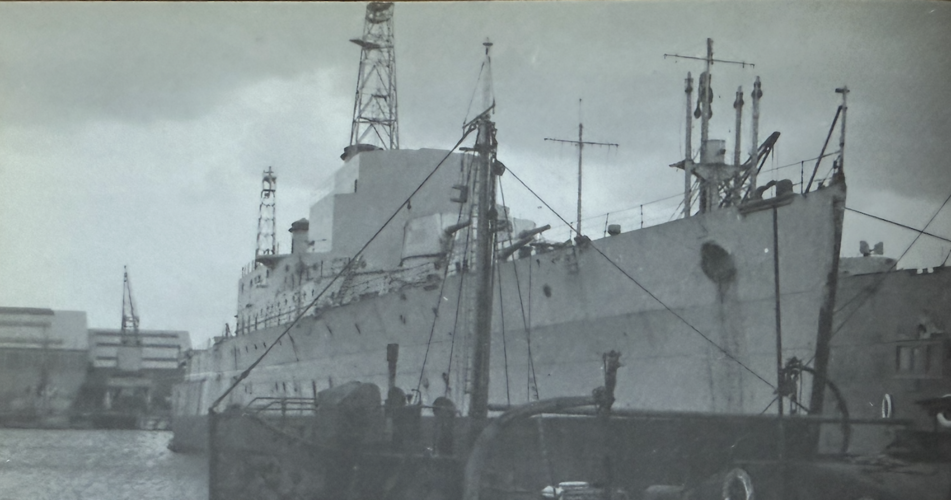Rule of cool
ACCESS: Top Secret
- Joined
- 16 January 2024
- Messages
- 1,890
- Reaction score
- 2,528
Can a County be enlarged on the same power-plant and retain the same speed and range?
The RN settled on the 53,000t CVA01 because to go to the 58,000t would have required a 4 shaft power-plant that would have cost 30% more but not provided commensurate tactical value.
So does the same apply to an enlarged County, that it would require a more powerful power-plant at higher cost but without a commensurate increase in tactical value?
The RN settled on the 53,000t CVA01 because to go to the 58,000t would have required a 4 shaft power-plant that would have cost 30% more but not provided commensurate tactical value.
So does the same apply to an enlarged County, that it would require a more powerful power-plant at higher cost but without a commensurate increase in tactical value?

